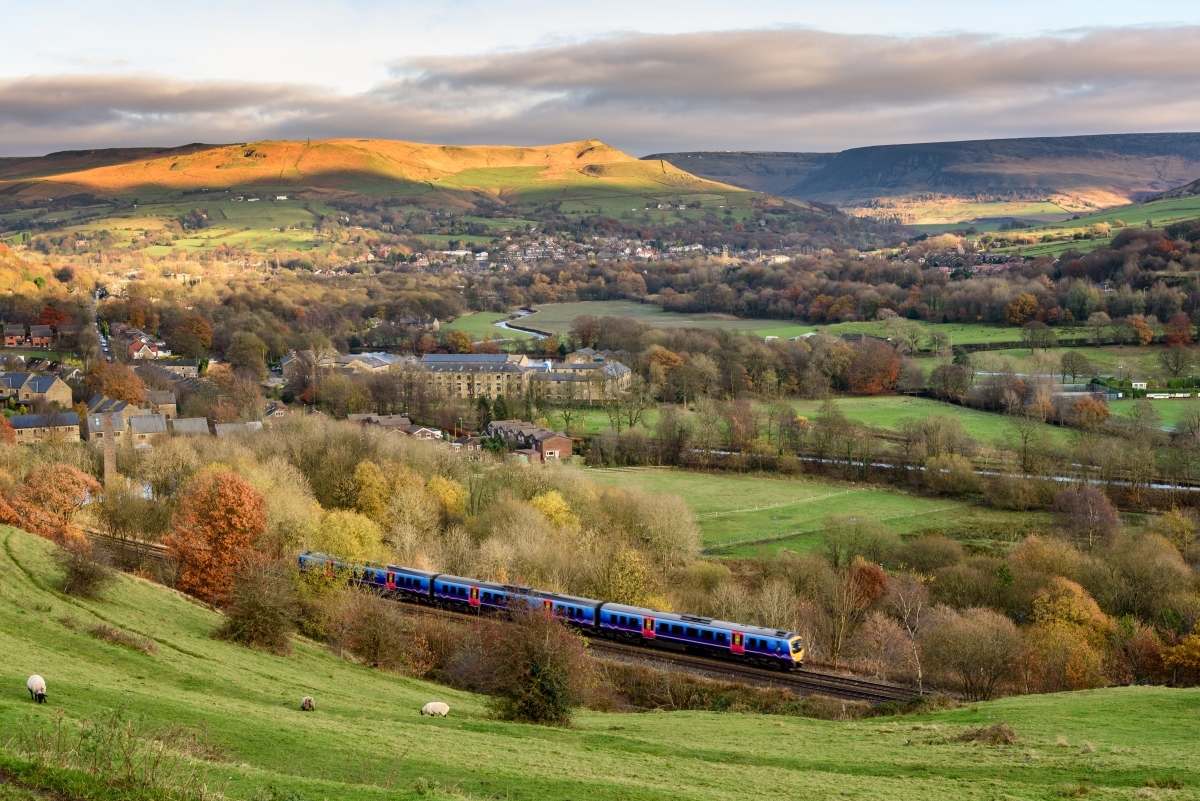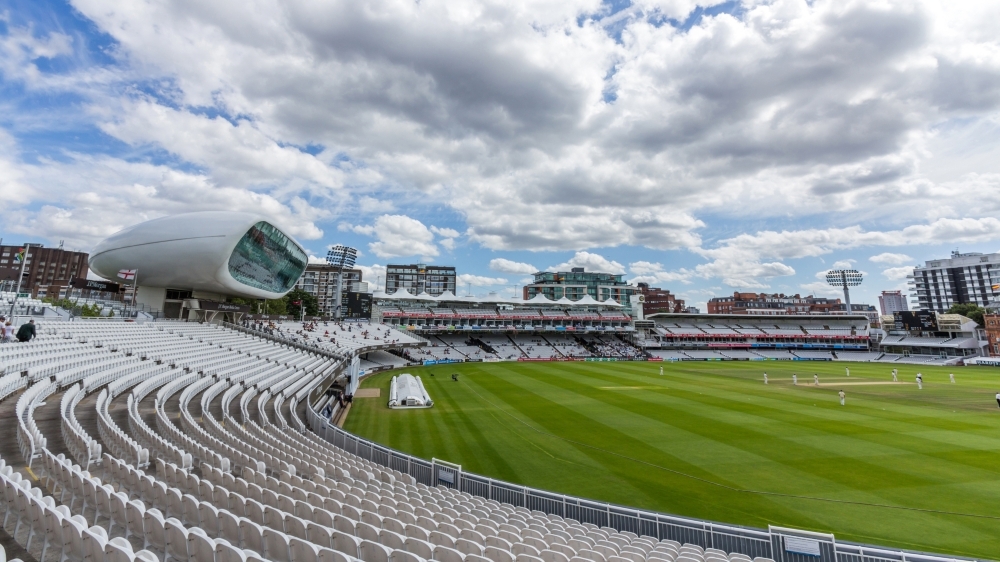Kensington Townhouses: Why They Are London's Ultimate Status Symbol
Britain’s townhouses have long been a prized status symbol, a repute that endures to this day. Initially crafted as bastions of urban sophistication, they have firmly established themselves as cornerstones of refined residential architecture.
Kensington's identity is inextricably linked with its treasure trove of townhouses. Slender, multi-storey buildings with exquisite fenestrations, these edifices lend the neighbourhood its unique, distinguished patina. With a hi story spanning centuries, they have been sympathetically revived, preserving their heritage whilst also embracing contemporary luxury. Read on to explore why Kensington’s townhouses are deeply cherished in London.

Glimpses of the First-ever Townhouses
Townhouses began dotting the European landscape from around 1100 onwards. As a natural successor to the then-popular Roman insulae – which encompassed blocks of apartments – they were conceived for functionality: narrow structures thoughtfully configured to separate living, working, and private spaces from one another. The typical townhouse in Central and Northern Europe was made of timber or stone, whilst those in Southern Europe were built out of stone.
In Britain, these "proto-townhouses" were not the uniform, elegant terraces we know today. They were typically double-storey structures that served either as modest residences or commercial outlets. By the late thirteenth century, the split-level townhouse had become dominant on the principal streets of English towns, almost overshadowing the other property types.
London Townhouses – a Love of Symmetry and Urban Sophistication
Notwithstanding the origins of vertical architecture dating back many centuries, it was not until the seventeenth century that clear manifestations of the townhouses we know and love today started to emerge.
The chief catalyst was the Great Fire of London (1666), which destroyed nearly 13,200 houses and landmarks such as St Paul's Cathedral. This catastrophe led to the passage of the Rebuilding of London Act 1666, which established strict guidelines for the capital's reconstruction, from architectural style and material usage to the dimensions of new properties and streets.
With that, the townhouse was born. These residences are characterised by a steadfast dedication to proportion, from identical heights to regularly spaced sash windows, forming the template of the traditional British townhouse. Facades were typically crafted with brick, imbued with hues of red or yellow, while later Georgian properties were often part-rendered in white stucco. Though restrained elegance was the guiding principle, the approach was designed to impress, with ornate doorways and wrought iron railings. The lavish interiors featured elaborate cornicing, ceiling roses, and fire surrounds – belying the disciplined exterior.
The Georgian Era – the Zenith of Townhouse Elegance
The ensuing Georgian period marked the undisputed heyday of townhouse architecture, witnessing the rise of groundbreaking projects by the likes of John Nash, Sir William Chambers, and William Kent.
The eighteenth century saw the capital become not only more populous but also wealthier, thanks to the spoils of the Industrial Revolution. A steady rise in demand for functional, stylish homes among society's crème-de-la-crème brought forth the first examples of terraced townhouses, such as those on the verges of St James's Square, which were built to strict guidelines on façade and layout.
Kensington’s Rise as a Royal Address
During the late 17th century, Kensington began rising to prominence when William III and Mary II purchased Nottingham House, a quiet suburban villa. They initiated what would become a generational venture of reimagining its premises into a stately mansion fit for royalty – this undertaking would eventually evolve into the creation of Kensington Palace, one of London's most celebrated landmarks. The monarchs also pioneered the tradition of hosting grand balls, soirees, and weekly receptions where the literati and nobility could mingle.
Successive rulers carried forth these traditions with admirable gusto. Their additions to the palace grounds – from minute architectural details to prized portraits and manicured gardens – influenced the Georgian architectural movement of the time, paving the way for townhouses to become the residence of choice within London's upper echelons. The elevated social scene, with its glittering entertainments, reinforced this appeal.
Garden squares fringed by tall terraced townhouses lured England's social elite from the countryside to the capital's vogueish centre. Houses were designed specifically for aristocrats and landed gentry, with entertaining as a key consideration. Some of the most notable townhouse enclaves that emerged include Kensington Square Gardens, Campden Hill Square, and Earls Terrace.
Townhouses became so integral to Kensington's suave yet regal identity that the architectural tradition continued to evolve with the neighbourhood. As the Victorian era dawned, the area embraced a new aesthetic: red-brick facades, large bay fronts, and ornate ironwork, particularly evident in South Kensington. Many of these Victorian townhouses have since been transformed into exquisite period conversion apartments, ensuring the legacy of Kensington's townhouse tradition endures into the present day.
Final Thoughts
Kensington townhouses have always been a coveted status symbol, steeped in royal patronage and cherished by tastemakers for their effortless elegance and functionality. The striking facades, pleasing symmetry and ornate interiors that once captivated monarchs and aristocrats alike continue to hold unique appeal today, extending beyond their historical pedigree to their painstaking attention to detail and ingenious adaptation to contemporary living.
Presently, these properties command premium prices not merely for their heritage, but because they offer something increasingly rare: elegant, well-proportioned homes in one of the world's most desirable locations. They are, quite simply, London's ultimate prize possession today, and for generations to come.



